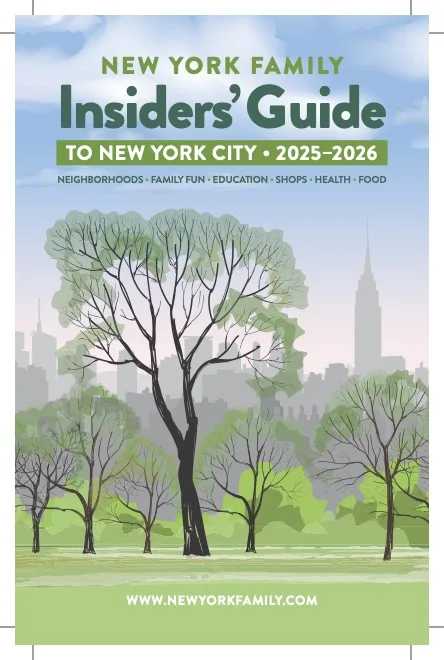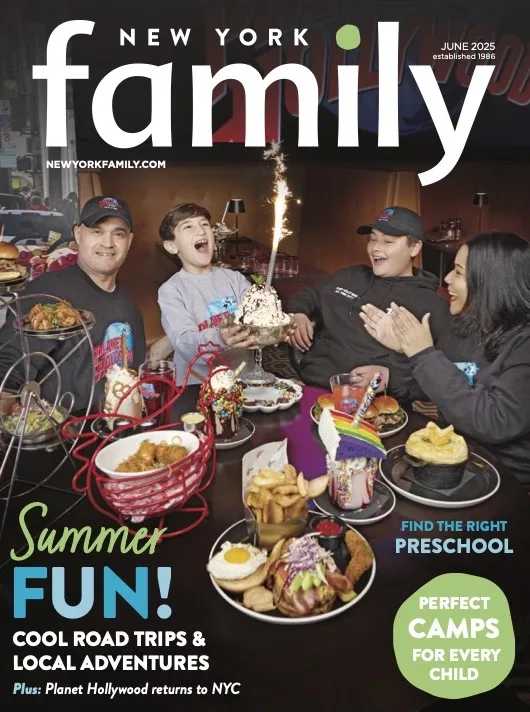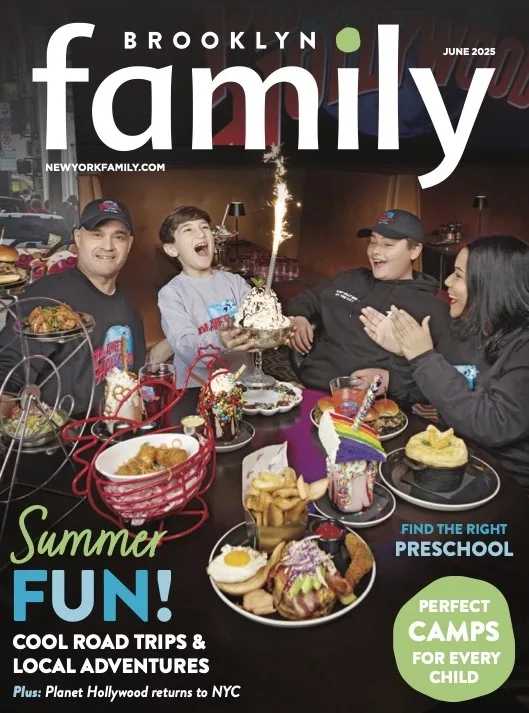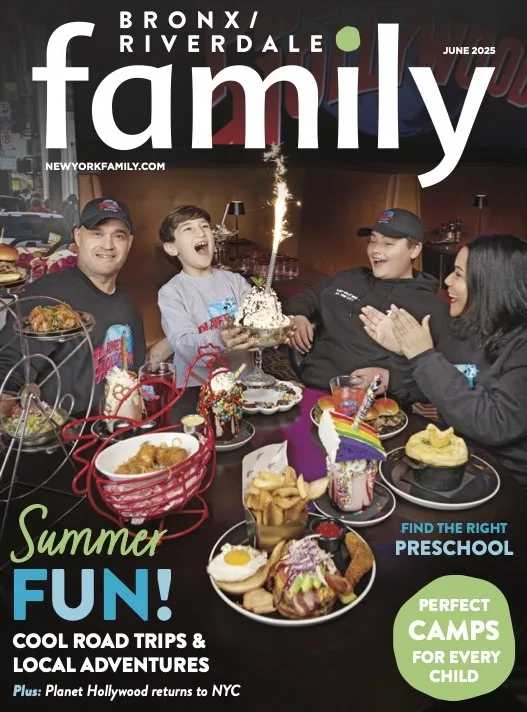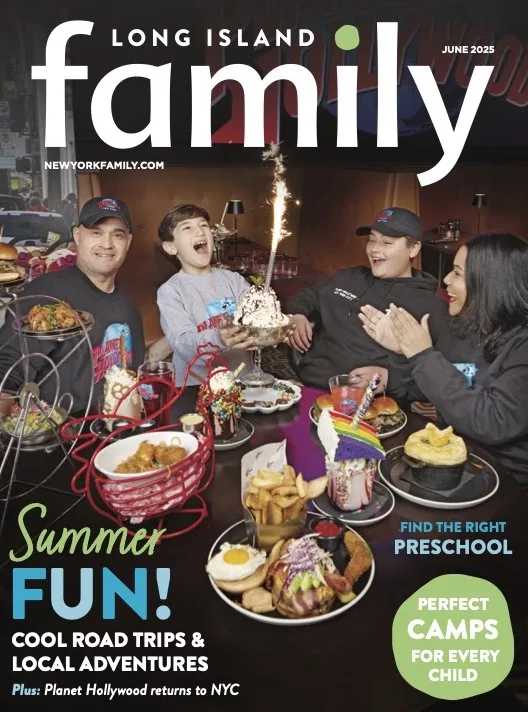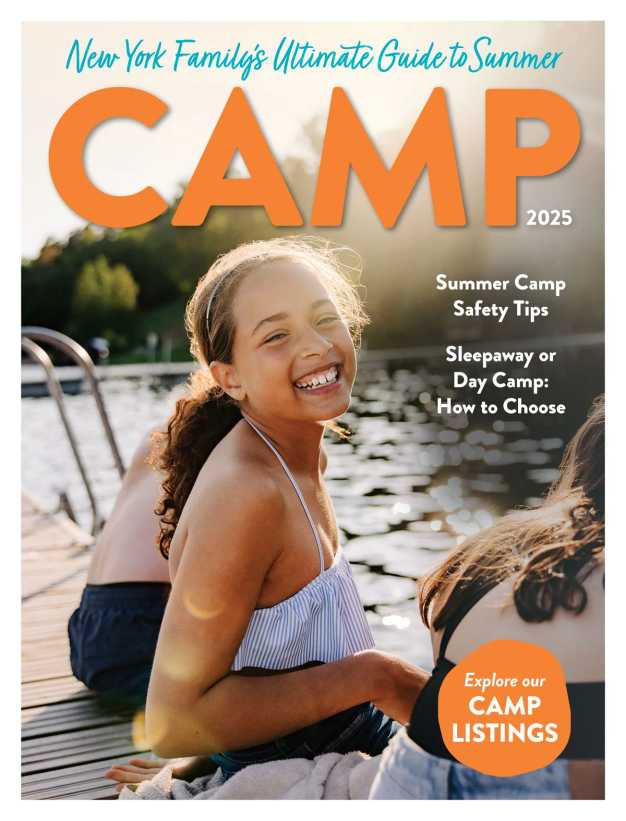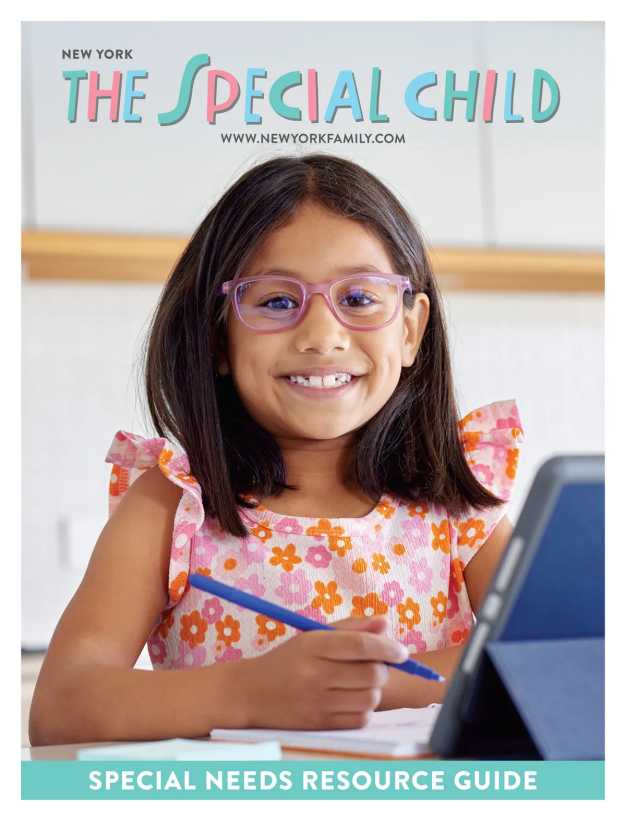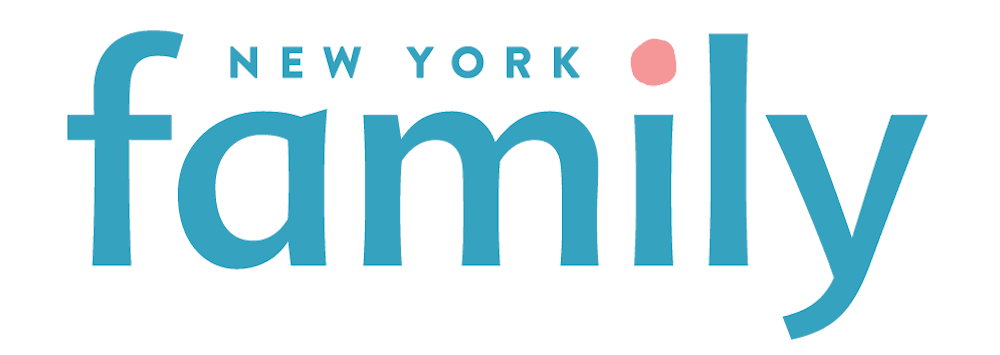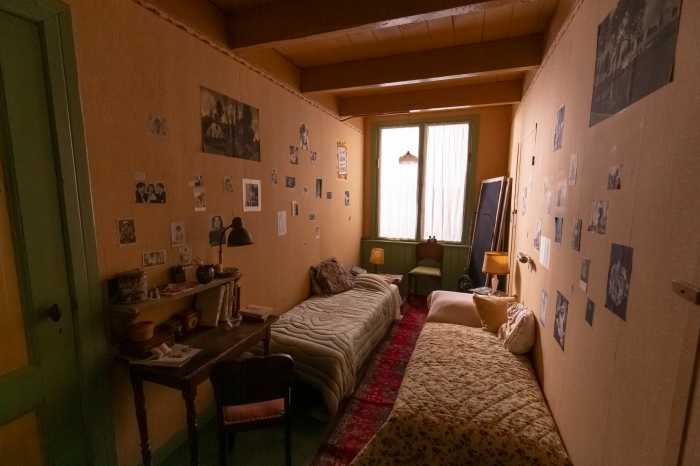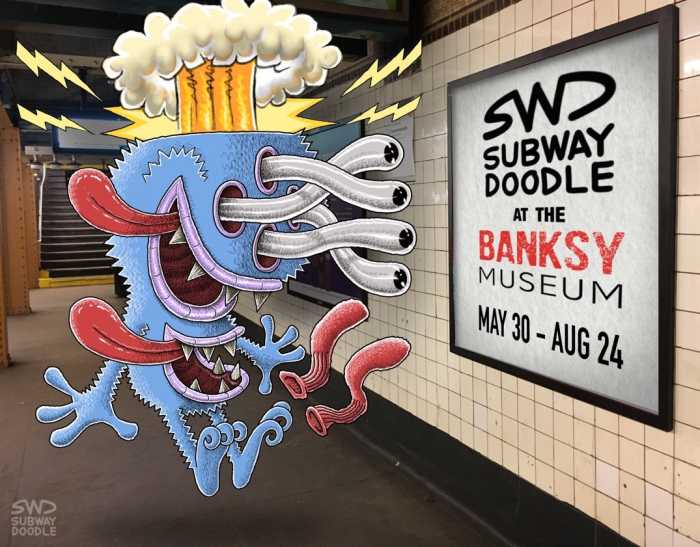The start of a new
school year brings with it an age-old question for many parents: Is my child
on the right track? Odds are that the core subjects—math, reading and
science—have already been drilled into your child’s brain. From spelling words
out with blocks (thank you, nursery school) to investigating cells through a
microscope lens—parents know that it is their duty to teach their kids these
essential skills as early as possible.Yet in the shadows of
these educational building blocks lies a subject that receives too little attention
and is anxiously approached by both parents and educators alike. We’re talking
about writing.
Author and educator Pam
Allyn believes that every child is entitled to be both a writer and a reader. In
her new book, Your Child’s Writing Life: How to Inspire Confidence,
Creativity, and Skill at Every Age, we learn that writing development
begins at birth.
Think back to the first
time you saw your child sprawled out on a cozy mat, knees bent upon half-broken
crayons. There, he concocted his first masterpiece. Perhaps with carefully
thought out Crayola strokes, he drew mommy, daddy, siblings and himself. The
final touch—
a scribble that legibly read
“my family.”
The moment was fleeting,
but one thought should have resonated within you: How can my child go from
writing such a simple phrase to writing a poem or even a story? What’s
more, how can my child go from writing those two words to becoming a
lifelong writer?
Writing is everywhere.
It is at the root of everyday tasks from text messaging and passing notes in
class, to math problems and science labs. But to think that writing comes
naturally to everyone is simply not true. Good writing skills do not manifest while
a child is writing her SAT essay or fixating on
that college paper for entrance into her dream school. Similarly, a child’s
fear of the blank page will not dissolve during a class lesson crammed into one
grade level.
“Children are hungry for
information. We need to cultivate that,” Allyn insists. Similar to other
subjects, a child’s knowledge of writing is boundless and there is a lesson
that needs to be addressed at each new age bracket.
Enter: Allyn’s fine-tuned
“Writer’s Ladder,” which outlines what parents should be doing every step of
the way, where a child should be in the learning process at each age, and what
books are appropriate to foster the powerful connection between reading and
writing in the minds of children.
Starting with newborns, understand
that babies take in the information they hear within their surroundings—and this
is especially true when they are making noise themselves. Those incoherent (albeit
precious) sounds should be not ignored or passively giggled at. Instead, Allyn
insists parents join in on the “writer’s babble”—a term she coined to reference
the babbling-esque noises babies make—which can help foster two-way
communication.
For the toddler group,
Allyn advises a big dose of free play—putting on shows, acting out favorite
stories—and establishing a tradition of reading stories out loud. Since the
toddler stage is also when a child is most observant, parents should join in on
their curiosity and ask basic questions such as “What happens first/next/last?”
when reading a bedtime tale.
When your kiddo hits
five, you should start sharing the thought process behind writing. Prompt your
little budding Whitman with phrases like: “My story is about…” and “I thought
about this…” From ages 6-9, independence kicks in. Consider introducing them
to a writer’s journal, which will the best way to remember moments such as
making new friends and embarking upon a new school year.
As parents work to
cultivate their child’s writing skills, they should emphasize how much they
really want to be there, working side-by-side. “I always felt from a very young
age that my parents were interested in my world and what I had to say. That
makes a child more willing to talk,” Allyn shares. Throughout her book and in
her own family, she stresses the importance of the parent/child relationship—no
matter the age.
As a child grows older,
it’s important for parents to avoid being too critical and to remain attached
to the learning process, even if they are unfamiliar with it after years
outside of the classroom. “It is a profound thing that takes trust and risk on
both sides,” Allyn advises.
Strong and passionate writers are those who
fell in love with words early on. Go ahead, slip a journal into their crib—we
won’t tell a soul. Promise.
THE WRITER’S LADDER (ACCORDING TO PAM ALLYN)
Birth-2 years: Active communication is
key. Be near your baby and make solid contact. Read aloud from the minute
they’re born.
2-4 years: Play is essential.
Let them scribble and ask them about their story. Move on to reading concept
books out loud.
4-6 years: Introduce them to
the computer where they can store some of their writing. Celebrate their developmental
spelling skills; be your child’s greatest cheerleader and don’t criticize.
6-8 years: Make sure your
child is practicing writing daily. It can be in a journal or on an iPad. It
doesn’t have to be long pieces, just snippets. Keep reading out loud!
8-10 years: Move on to chapter
books. Talk to your child about character development. Work on projects
together such as creating a play, writing a chapter or an alternate ending to a
story.
Beyond: Keep the lines of
communication between you and your child open. Help your teen find other
writing audiences and encourage her to share her work. Make it a point to
introduce digital technology, from texting to blogs to Gchat, for more informal
writing opportunities.
WHERE TO WRITE
This non-profit will
boost your child’s writing confidence through its popular drop-in tutoring and
workshops, as well as field trips—all for free. Ages 6-18.
Those with a serious
love for words should check out The JCC’s advanced writing
workshops which focus on craft, style, revision, clarification, and the
ultimate writing prize—getting published.
One-on-one tutoring at
Pencil Heads will push your child to write and perfect her story in various
genres: play, novel, short story, etc.
Scribbling is encouraged
here; with “Parent and Me” classes for little ones and “Scribble Author and
Scribes” classes for bigger kids, your child will surely be on the write path.
These intense workshops
are perfect for tween writers, during which they will review each other’s work
and possibly read them out loud at local venues.
